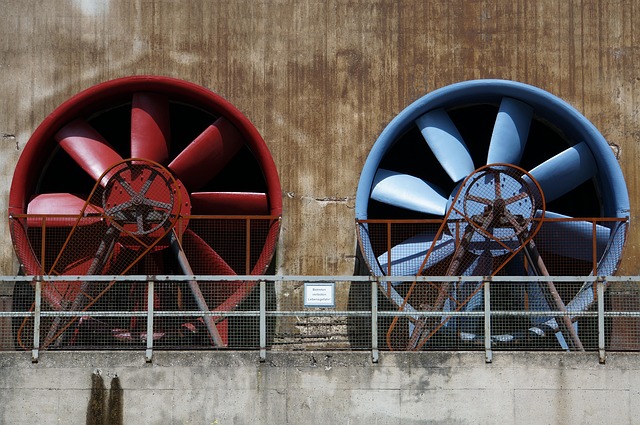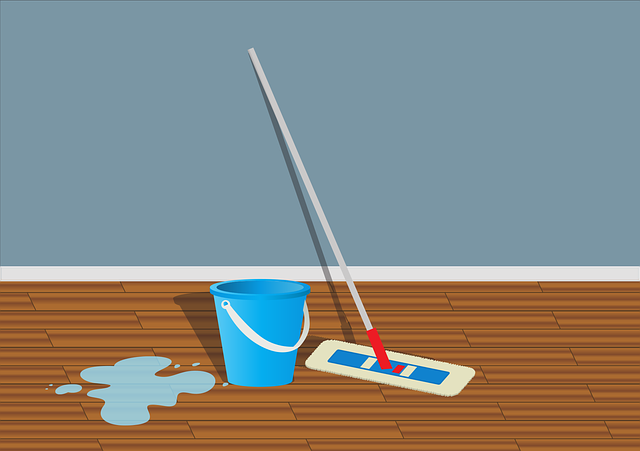Mold thrives in humid environments with high moisture levels, making humidity control crucial for its prevention. This involves maintaining optimal humidity (30%–50%) through dehumidifiers, better ventilation, and addressing water intrusion or leaks. Regularly inspect hidden moisture sources like basements, attics, and crawl spaces, promptly fixing leaks and improving ventilation to reduce humidity. Use dehumidifiers in high-humidity areas during seasonal transitions, and employ both mechanical and natural ventilation strategies to replace stale air with dry fresh air. Implement regular cleaning practices including mopping, wiping surfaces, and inspecting HVAC systems to maintain a dry indoor environment that discourages mold growth.
Moisture control is essential for maintaining a healthy living environment and preventing mold growth. This article guides you through effective strategies to manage humidity and keep your home free from molds. We’ll explore the connection between humidity and mold, identify common moisture sources, and provide practical tips on ventilation, dehumidifiers, cleaning, and regular maintenance. By implementing these measures, you can ensure optimal humidity control for a mold-free space.
- Understanding the Connection Between Humidity and Mold Growth
- Identifying Sources of Moisture in Your Home
- Implementing Effective Ventilation Strategies
- Utilizing Dehumidifiers: When and How to Use Them
- Preventive Measures: Regular Cleaning and Maintenance Practices
Understanding the Connection Between Humidity and Mold Growth

Mold thrives in environments with high levels of moisture, as it provides the perfect conditions for growth and reproduction. Humidity, or the amount of water vapor in the air, plays a significant role in fostering mold development. When humidity control for mold is inadequate, excess moisture can accumulate in spaces such as basements, bathrooms, and areas prone to water leaks. This creates an ideal habitat for mold spores to flourish.
Understanding the connection between humidity and mold growth is crucial when implementing preventive measures. By maintaining optimal humidity levels, typically between 30% and 50%, you can significantly reduce the risk of mold formation. This involves using dehumidifiers, improving ventilation, and addressing any sources of moisture intrusion or leaks to create a drier indoor environment, thus disrupting the mold growth cycle.
Identifying Sources of Moisture in Your Home

Identifying sources of moisture in your home is a crucial step in preventing mold growth. High humidity levels create an ideal environment for mold to thrive, so addressing these areas is key to effective humidity control for mold prevention. Common sources include kitchens and bathrooms, where excessive steam from showers or cooking can accumulate. Leaky pipes, roof leaks, or inadequate ventilation also contribute to moisture buildup. Pay close attention to areas with visible water stains on walls, ceilings, or floors as these spots often indicate ongoing moisture issues.
Regularly checking basements, attics, and crawl spaces is essential too, as hidden moisture can go unnoticed but still fuel mold growth. Addressing any leaks promptly and improving ventilation in these areas can significantly reduce humidity levels, creating an inhospitable environment for mold. Additionally, using dehumidifiers in high-humidity rooms or during seasonal transitions can help control moisture control for mold prevention.
Implementing Effective Ventilation Strategies

Implementing effective ventilation strategies is a powerful tool in the battle against moisture and mold growth. Proper ventilation helps to regulate indoor humidity levels, which is crucial for maintaining an environment that discourages mold proliferation. By increasing air circulation, especially in areas prone to high humidity like bathrooms, kitchens, and basements, you can significantly reduce moisture buildup. This simple yet effective approach ensures that stale, moist air is replaced with fresh, dry air, creating conditions that are inhospitable for mold survival.
In terms of humidity control for mold prevention, consider incorporating both mechanical ventilation (like exhaust fans) and natural ventilation (allowing cross-breezes). Regularly using exhaust fans during and after activities that generate moisture, such as showering or cooking, can dramatically decrease humidity levels. Additionally, opening windows to facilitate cross-ventilation, especially on cooler days, helps in reducing indoor humidity and keeps your living spaces dry, thus preventing mold from taking hold.
Utilizing Dehumidifiers: When and How to Use Them

Dehumidifiers are an effective tool in the battle against moisture-related issues, including mold growth. They work by removing excess humidity from the air, creating a drier environment that is less conducive to mold development. The ideal time to use a dehumidifier is during and after wet weather or when areas are prone to high humidity, such as basements, bathrooms, and kitchens.
To maximize their effectiveness, place dehumidifiers in rooms with visible moisture problems or where there’s a persistent musty smell. Ensure proper placement by keeping the unit away from walls (at least 4-6 inches) and allowing for adequate air circulation. Regularly empty and clean the collection tray to maintain optimal performance.
Preventive Measures: Regular Cleaning and Maintenance Practices

Regular cleaning and maintenance practices are essential preventive measures in combating moisture-related issues, such as mold growth. This involves a combination of proactive steps to reduce humidity levels and create an environment that discourages the presence of water vapor, which molds thrive upon. One effective strategy is to establish a consistent cleaning routine, focusing on areas prone to moisture accumulation like bathrooms, kitchens, and basements. Regularly mopping floors, wiping down surfaces, and using dehumidifiers can significantly decrease the humidity control for mold prevention.
Additionally, maintaining proper ventilation is crucial. Ensuring adequate air circulation prevents the buildup of moist air, which creates an ideal environment for mold development. Simple acts like opening windows during humid weather or utilizing exhaust fans in kitchens and bathrooms can make a substantial difference. Regular inspection and maintenance of HVAC systems are also vital to ensure they operate efficiently, contributing to better humidity control throughout your living space.
